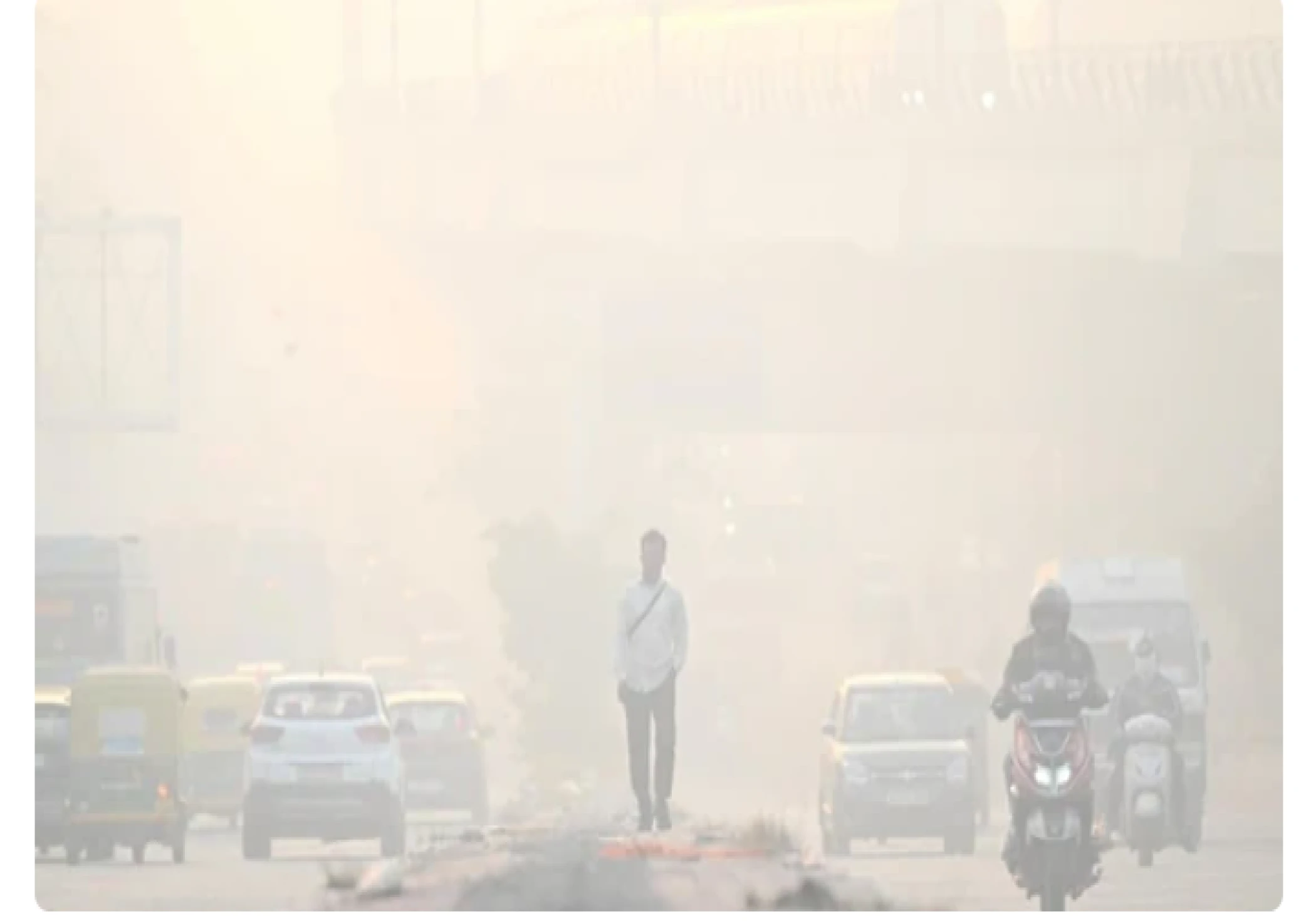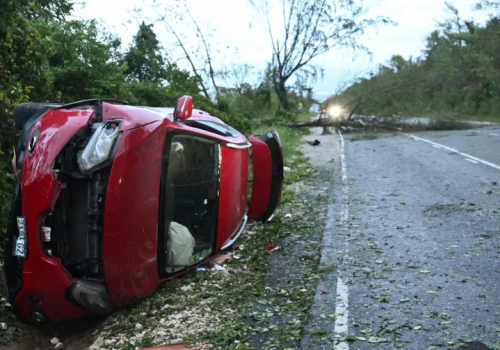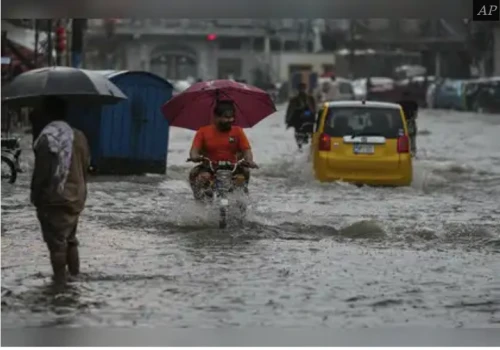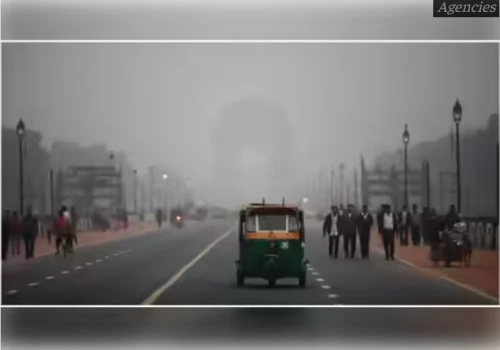
Delhi’s air quality continues to worsen, slipping into the ‘very poor’ category with no immediate relief expected as pollution levels remain high due to stagnant winds and increasing vehicular emissions.
The national capital woke up to a dense layer of smog covering the skyline, with the Air Quality Index (AQI) crossing 320 in several parts of the city. Areas such as Anand Vihar, Rohini, and Dwarka recorded particularly alarming levels. According to the Central Pollution Control Board (CPCB), the deteriorating air quality is the result of calm winds and rising levels of particulate matter (PM2.5 and PM10), which are failing to disperse effectively.
Experts warn that the situation may persist or worsen over the coming days due to stable atmospheric conditions and crop residue burning in neighboring states like Punjab and Haryana. The lack of rainfall and low wind speed have further trapped pollutants near the ground level.
The Delhi government has urged residents to limit outdoor activities, use masks, and avoid morning walks. Schools have been advised to restrict outdoor sports, and construction work has been temporarily halted in certain zones under the GRAP (Graded Response Action Plan) guidelines.
Environmentalists continue to stress the urgent need for sustainable urban planning, better public transport, and stricter emission controls to tackle Delhi’s recurring pollution crisis. The coming days are expected to bring little relief unless weather patterns change significantly.












